(在家觀看 = 0%,在校觀看 = 100%)
100% 在校觀看日期及時間:
自由選擇,點選以下地區觀看辦公時間及位置
旺角: 95折 $7,106 報名 phone

電話:2332-6544
觀塘: 9折 $6,732 報名 phone

電話:3563-8425
北角: 9折 $6,732 報名 phone

電話:3580-1893
沙田: 85折 $6,358 報名 phone

電話:2151-9360
屯門: 85折 $6,358 報名 phone

電話:3523-1560
課時: 72 小時
(54 小時課堂 + 18 小時於家中透過上網來控制本中心的器材及軟件,並依照筆記來進行實習)
享用時期: 18 星期 (可於報讀日至 4 星期內觀看整個課程,另加 14 星期備用時期)。進度由您控制,可快可慢。
課堂錄影導師:Franco
在校免費試睇:首 3 小時,請致電以上地點與本中心職員預約。
免費重考。開始觀看最後 1 堂之 1 個月內為保障期限。請務必向本中心購買考試券。
本課程提供在校免費重睇及導師解答服務。
Cisco Systems Inc. 是全球最大的網路設備生產商,在世界各地設有 120 個以上的分支據點。 Cisco 的產品包括 Switch (交換器)、LAN Router (區域網路由器)、WAN Router (廣域網路由器) 及 IOS (Internetwork Operating System) 網路管理操作系統等。全球的大企業、銀行、大學和政府機構之網路設備,無一不採用 Cisco 的產品,因此,管理 Cisco 網路設備便成為一門專業的學問。 |
||
|
| 課程名稱: |
Implementing and Operating Cisco Enterprise Network Core Technologies (350-401 ENCOR) 課程 - 簡稱:ENCOR Training Course |
| 課程時數: | 合共 72 小時 課堂 54 小時 (共 18 堂) 及實習時段 18 小時 (共 6 節) |
| 適合人士: | 擁有 CCNA 知識的人士 (可沒有考獲 CCNA 認證) |
| 授課語言: | 以廣東話為主,輔以英語 |
| 課程筆記: | 本中心的 CCIE 導師 Franco Tsang (CCIE #19772) 、Vincent Ho (CCIE #11933) 及 Norman Lau (CCIE #10912) 親自編寫英文為主筆記,而部份英文字附有中文對照。 |
|
本中心為 Cisco 指定的 CCNP Enterprise 考試試場,報考時請致電本中心,登記欲報考之科目考試編號、考試日期及時間 (最快可即日報考)。 臨考試前要繳付考試費 (見上表),及必須出示下列兩項有效之身份證明文件,否則考生不可進行考試,而已繳付之考試費亦不會退回: 考試題目由澳洲考試中心傳送到你要應考的電腦,考試時以電腦作答。所有考試題目均為英文,而大多數的考試題目為單項選擇題 (意即 O) 或多項選擇題 (意即 口),其餘則為配對題。作答完成後會立即出現你的分數,結果即考即知!考試不合格便可重新報考,不限次數。欲知道作答時間、題目總數、合格分數等詳細考試資料,可瀏覽本中心網頁 "各科考試分數資料"。 |
為進一步加強本中心 Cisco 的課程質素,本中心投放大量資源購買 Cisco 器材,以供學員進行實習。以下是本中心擁有的 Cisco 器材 (種類繁多,未能盡錄): |
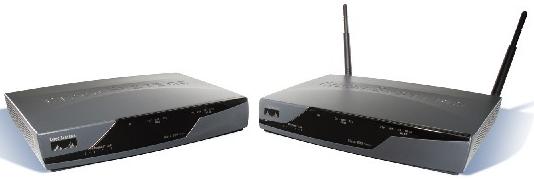 |
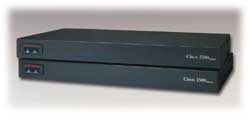 |
| Cisco Router 800 Series (ISR) | Cisco Router 2500 Series |
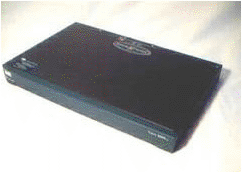 |
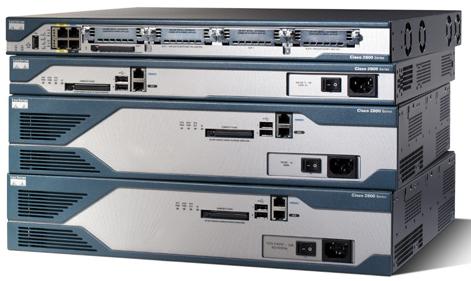 |
| Cisco Router 2600 Series | Cisco Router 2800 Series (ISR) |
 |
 |
| Cisco Router 2900 Series (ISR) | Cisco Router 3600 Series |
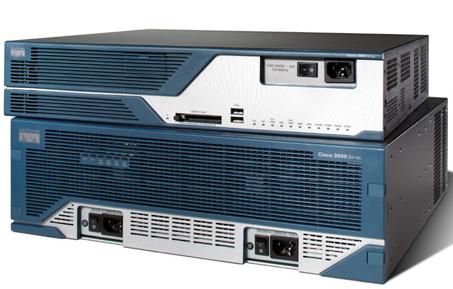 |
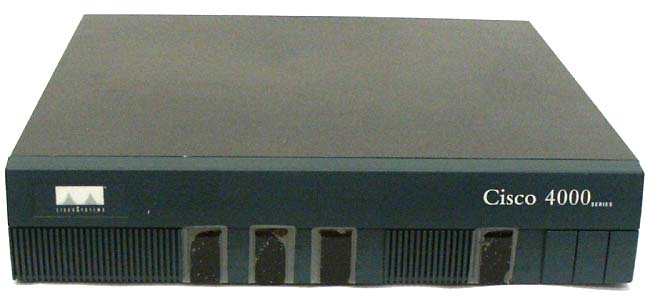 |
| Cisco Router 3800 Series (ISR) | Cisco Router 4000 Series |
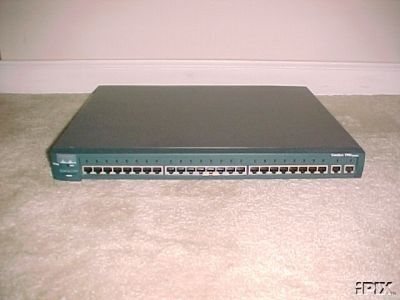 |
 |
| Cisco Catalyst Switch 1900 Series | Cisco Catalyst Switch 2950 Series |
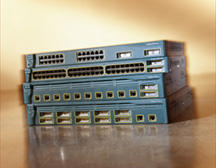 |
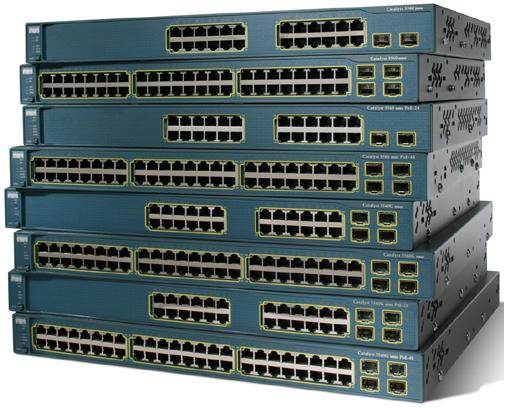 |
| Cisco Catalyst Multilayer Switch 3550 Series | Cisco Catalyst Multilayer Switch 3560 Series |
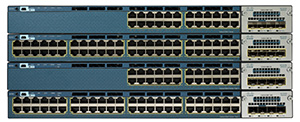 |
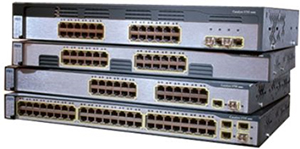 |
Cisco Catalyst Multilayer Switch 3560X Series |
Cisco Catalyst Multilayer Switch 3750G Series |
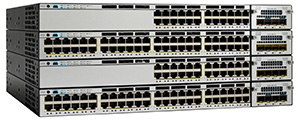 |
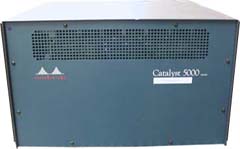 |
| Cisco Catalyst Multilayer Switch 3750X Series | Cisco Catalyst Multilayer Switch 5000 Series |
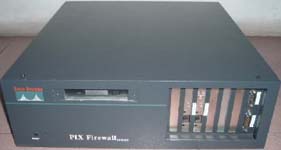 |
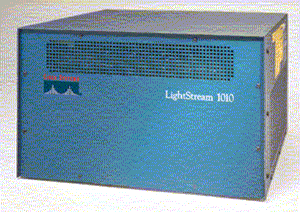 |
| Cisco PIX Firewall | Cisco LightStream 1010 ATM Switch |
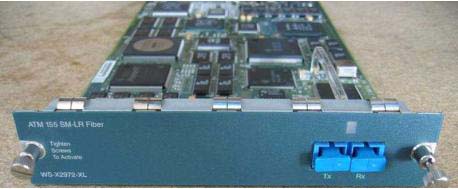 |
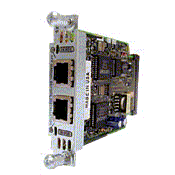 |
| Cisco ATM Module | Cisco FXS Voice Module |
 |
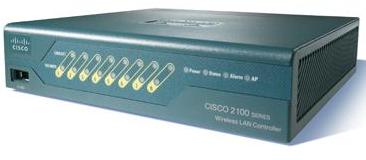 |
| Cisco IP Phone 7911G | Cisco Wireless LAN Controller 2106 |
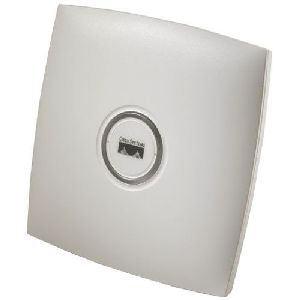 |
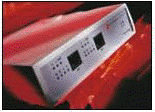 |
| Cisco Aironet Lightweight Access Point 1130AG | PSTN Simulator |
 |
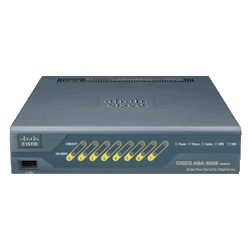 |
| ISDN Simulator | Cisco ASA 5505 |
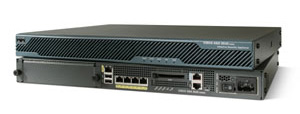 |
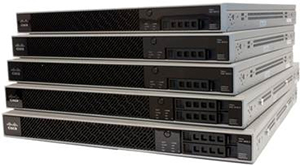 |
| Cisco ASA 5510 | Cisco ASA 5512X |
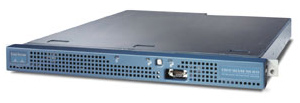 |
|
| Cisco IPS 4210 |
|
課程名稱:Implementing and Operating Cisco Enterprise Network Core Technologies (350-401 ENCOR) 課程 - 簡稱:ENCOR Training Course |
ENCOR: Implementing and Operating Cisco Enterprise Network Core Technologies
1. Layer 2 Switching
1.1. MAC Address Table and TCAM
1.1.1. Layer 2 Forwarding
1.1.2. CAM and TCAM
1.2. VLAN
1.2.1. Overview
1.2.2. VLAN Trunk
1.2.3. Allowed and Active VLANs in Trunk
1.2.4. Exercises for VLAN Trunk
1.3. Dynamic Trunking Protocol (DTP)
1.3.1. About DTP
1.3.2. Exercises for DTP
1.4. VLAN Trunking Protocol (VTP)
1.4.1. VTP Modes and Versions
1.4.2. VTP Advertisement (宣傳)
1.4.3. VTP Pruning
1.4.4. Exercises for VTP
1.4.5. Disabling VTP Synchronization
1.5. Spanning Tree Protocol
1.5.1. Overview
1.5.2. Bridge Protocol Data Unit (BPDU)
1.5.3. Root Bridge Election
1.5.4. Root Port
1.5.5. Designated Port
1.5.6. Blocked / Non-Designated Port
1.5.7. STP Versions
1.5.8. 802.1D Port States
1.5.9. 802.1D Topology Change
1.5.10. 802.1w RSTP Port States
1.5.11. RSTP Alternate Port and Backup Port
1.5.12. RSTP Edge Port
1.5.13. 802.1w Topology Change
1.5.14. PVST+ and Rapid-PVST+
1.5.15. Exercise for STP and RSTP
1.5.16. Multiple Spanning Tree (MST) Protocol
1.5.17. Exercise for MSTP
1.6. EtherChannel
1.6.1. Overview
1.6.2. EtherChannel Setup
1.6.3. Load Balancing Methods
1.6.4. Exercise for EtherChannel
1.6.5. Layer 3 EtherChannel
1.7. Layer 2 Protocols in Trunk Link (參考章節)
2. Layer 3 Routing
2.1. Open Shortest Path First (OSPF)
2.1.1. Overview
2.1.2. Areas and LSA Types
2.1.3. OSPF Route Summarization
2.1.4. OSPF Route Filtering
2.1.5. About OSPF Network Types
2.1.6. Exercise for OSPF
2.2. Enhanced Interior Gateway Routing Protocol (EIGRP)
2.2.1. Overview
2.2.2. EIGRP Neighboring
2.2.3. EIGRP Metric
2.2.4. Split Horizon
2.2.5. Poison Route and Poison Reverse
2.2.6. Feasible Successor (可行的繼承者)
2.2.7. Unequal-Cost Load Balancing
2.2.8. Exercise for EIGRP
2.3. Border Gateway Protocol (BGP)
2.3.1. Overview
2.3.2. BGP Peering
2.3.3. eBGP Routing Updates
2.3.4. BGP Path Attributes
2.3.5. BGP Best Path Selection Algorithm
2.3.6. Exercise for BGP
2.4. Layer 3 Routing Operation
2.4.1. Process Switching
2.4.2. Fast Switching
2.4.3. Cisco Express Forwarding (CEF)
2.5. Virtualization of Networks
2.5.1. Overview
2.5.2. Virtual Route Forwarding (VRF)
2.5.3. Generic Routing Encapsulation (GRE) Tunnel
2.5.4. Exercise for VRF and GRE Tunnel
3. IP Services and QoS
3.1. Network Time Protocol (NTP)
3.1.1. Overview
3.1.2. Basic NTP Configuration
3.1.3. NTP Authentication
3.1.4. NTP Access Control
3.1.5. Exercise for NTP
3.2. NAT / PAT
3.2.1. Overview
3.2.2. NAT Configuration in Cisco Router
3.2.3. Exercise for NAT
3.3. First Hop Redundancy Protocol (FHRP)
3.3.1. Overview
3.3.2. Hot Standby Router Protocol (HSRP)
3.3.3. Virtual Router Redundancy Protocol (VRRP)
3.3.4. Gateway Load Balancing Protocol (GLBP)
3.3.5. Exercise for HSRP and VRRP
3.3.6. About Stateful SwitchOver (SSO)
3.4. QoS
3.4.1. Overview
3.4.2. Congestion Management / Avoidance
3.4.3. Classification
3.4.4. Marking
4. Monitoring
4.1. System Logging (Syslog)
4.1.1. Overview
4.1.2. Syslog Destination
4.1.3. Exercise for Syslog
4.2. SNMP
4.2.1. Overview
4.2.2. SNMP Agent Configuration
4.2.3. Exercise for SNMP
4.3. NetFlow
4.3.1. Overview
4.3.2. Basic NefFlow Configuration
4.3.3. Flexible NetFlow
4.3.4. Exercise for NetFlow
4.4. Switched Port Analyzer (SPAN)
4.4.1. Overview
4.4.2. SPAN
4.4.3. RSPAN
4.4.4. ERSPAN
4.4.5. Exercise for SPAN
4.5. IP SLA
4.5.1. Overview
4.5.2. IP SLA Responder
4.5.3. IP SLA Configuration
4.5.4. Using IP SLA as Track Object
4.5.5. Exercise for IP SLA
5. Security
5.1. Basic Login Authentication
5.1.1. Login Authentication using Password
5.1.2. Login Authentication using Local Username & Password
5.2. Privilege Levels
5.2.1. Overview
5.2.2. Granting Privilege Level to CLI session
5.2.3. Using Other Privilege Levels
5.3. AAA System
5.3.1. Overview
5.3.2. Configuring Authentication
5.3.3. Configuring Authorization
5.3.4. Exercise for AAA
5.4. Access Control List
5.4.1. Overview
5.4.2. ACL Types
5.4.3. Wildcard Mask
5.4.4. Matching Port Numbers
5.4.5. ACL Rules Ordering
5.4.6. Inbound and Outbound Access Lists
5.4.7. Exercise for ACL
5.5. Control Plane Policing (CoPP)
5.5.1. Overview
5.5.2. Configuration
5.5.3. Exercise for CoPP
5.6. Other Security Features and Devices
5.6.1. 802.1X
5.6.2. Cisco Cyber Threat Defense (CTD)
5.6.3. TrustSec / MACsec
6. Multicast
6.1. Overview
6.1.1. Background
6.1.2. Multicast IPv4 Address Range
6.2. Multicast in Ethernet Network
6.2.1. Background
6.2.2. Multicast MAC Address Mapping
6.3. Multicast Routing
6.3.1. Background
6.3.2. Internet Group Management Protocol (IGMP)
6.3.3. PIM (Protocol Independent Multicast) Overview
6.3.4. PIM Dense Mode (PIM-DM)
6.3.5. PIM Sparse Mode (PIM-SM)
6.3.6. Exercise for IGMP and PIM
6.4. IGMP Snooping (窺探)
7. Wireless Networking
7.1. Overview
7.1.1. Wireless Standards, Bands and Channels
7.1.2. Signal Strength
7.1.3. Authentication and Encryption
7.2. Autonomous AP
7.3. Controlled Based Wireless Networking
7.3.1. About Wireless LAN Controller
7.3.2. CAPWAP
7.3.3. AP Discovery and Join Process
7.4. WLC Configuration
7.5. Roaming and Mobility
7.5.1. Intra-Controller Roaming
7.5.2. Inter-Controller Roaming
7.5.3. Mobility Group
7.5.4. 802.11r (Fast BSS Transition)
7.6. FlexConnect
7.7. About Wireless QoS
8. Network Virtualization and Automation
8.1. Virtualization
8.1.1. About Virtual Machines
8.1.2. Hypervisor and Types of Virtualization
8.1.3. Virtualized Hardware
8.2. Cloud
8.2.1. About Cloud Computing
8.2.2. Cisco Products for Cloud Deployment
8.3. Network Topology Architectures
8.3.1. Traditional Topologies
8.3.2. Spine (脊柱) and Leaf Topology
8.4. Network Virtualization Overlay (重疊覆蓋)
8.4.1. Overview
8.4.2. Cisco FabricPath
8.4.3. Cisco VXLAN (Virtual eXtensible LAN虛擬可擴展局域網)
8.4.4. LISP (Locator/ID Separation Protocol)
8.5. Software Defined Networking (SDN)
8.5.1. Traditional Approach
8.5.2. Controller-Based Approach
8.5.3. Cisco DNA Center
8.5.4. SD-Access
8.5.5. SD-WAN
8.6. Network Automation
8.6.1. RESTful API
8.6.2. JSON (JavaScript Object Notation)
8.6.3. NETCONF (Network Configuration Protocol)
8.6.4. RESTCONF (Network Configuration Protocol)
8.6.5. YANG Data Model
8.6.6. Network Automation Tools
8.6.7. Python
8.6.8. EEM
8.6.9. Exercise for Network Automation
|
作出惡意抹黑並誤導消費者!
 真相 真相
請小心,這坊間機構已轉了名稱繼續營業,而其網頁並沒有列出其確實的營業及上課地址!
 真相 真相
 真相 真相
|
 付款。
付款。
 虛假失實指控 1
虛假失實指控 1

